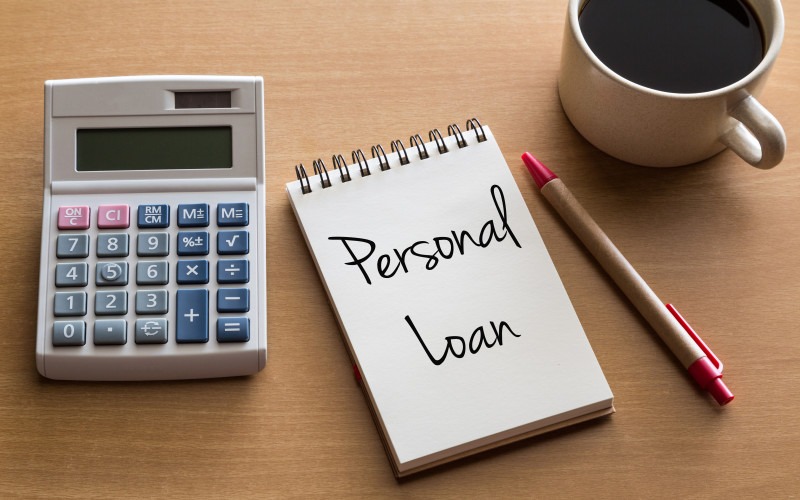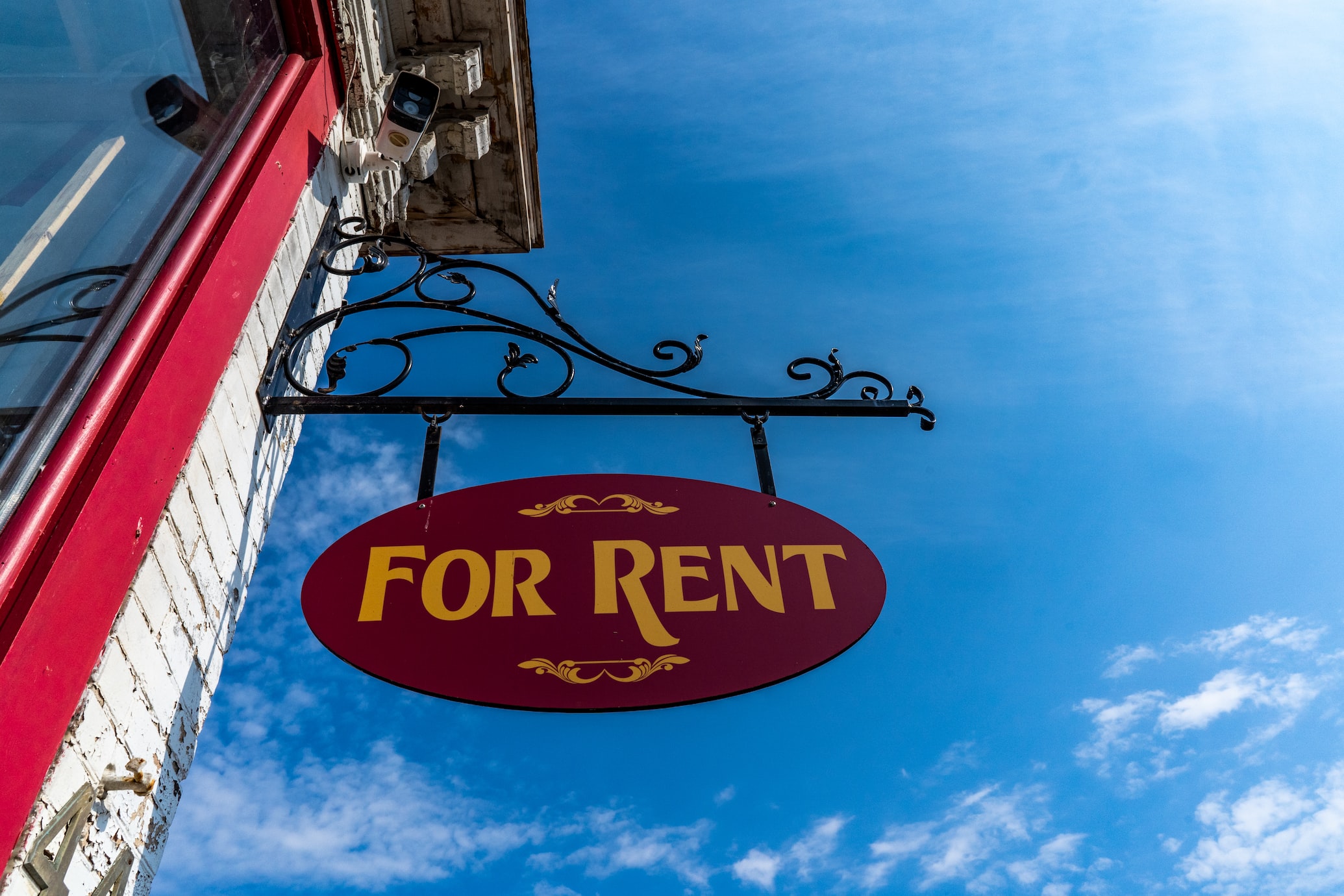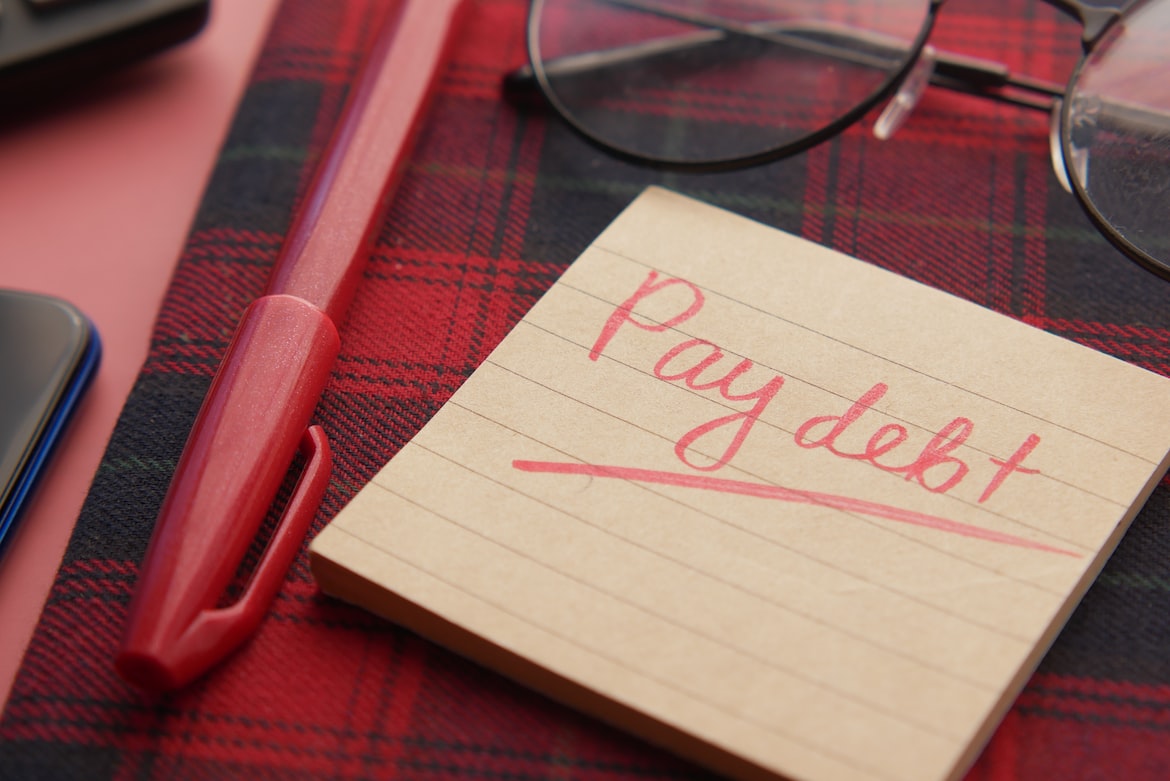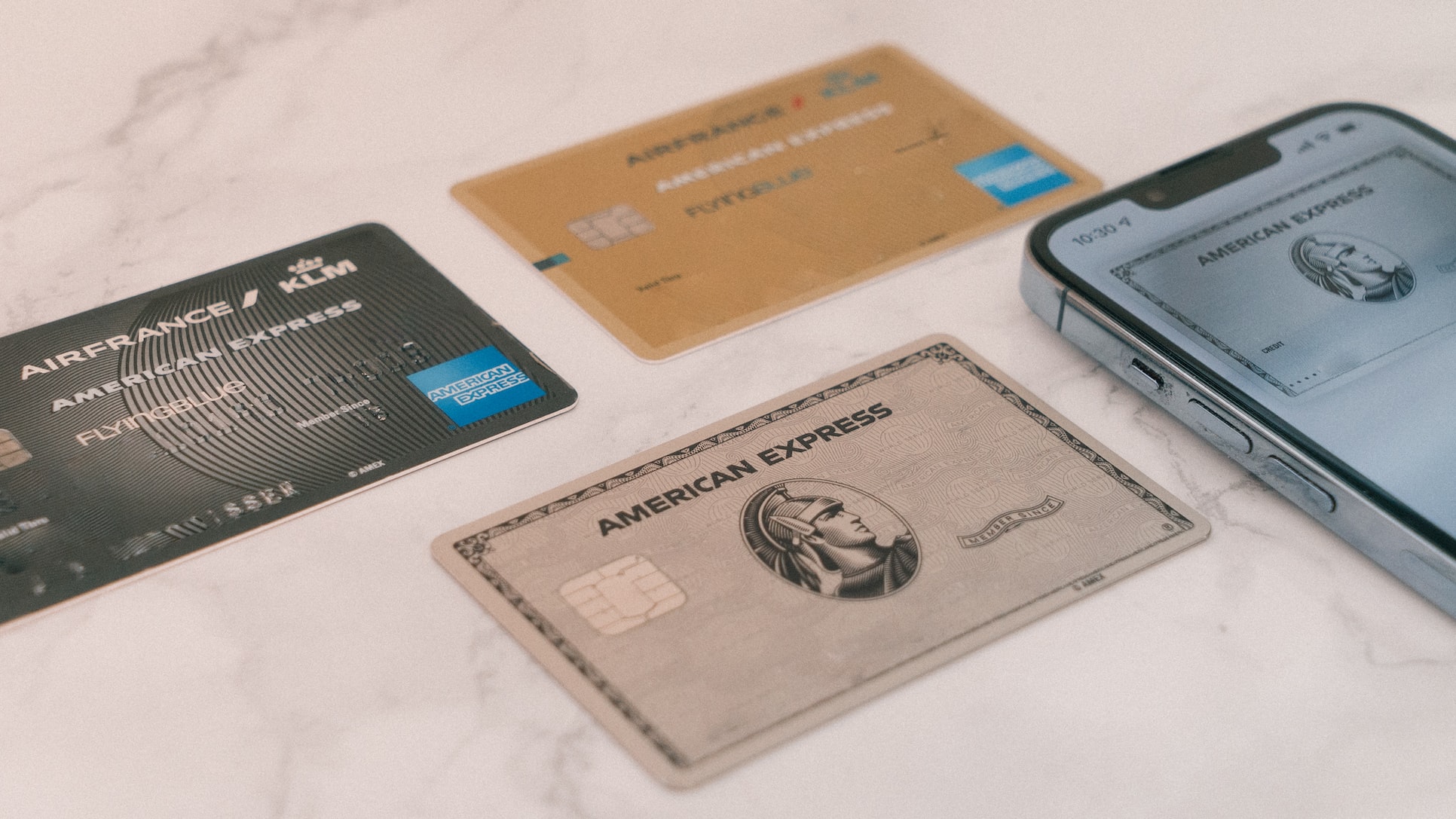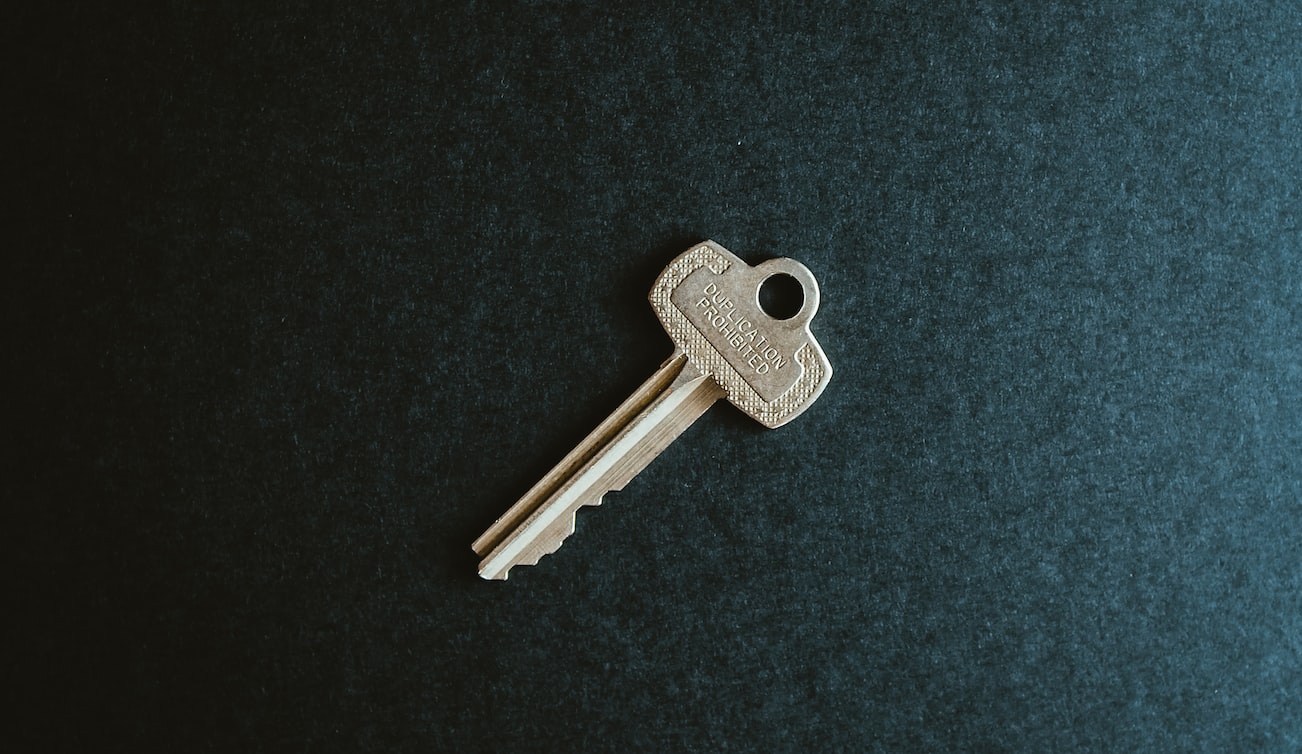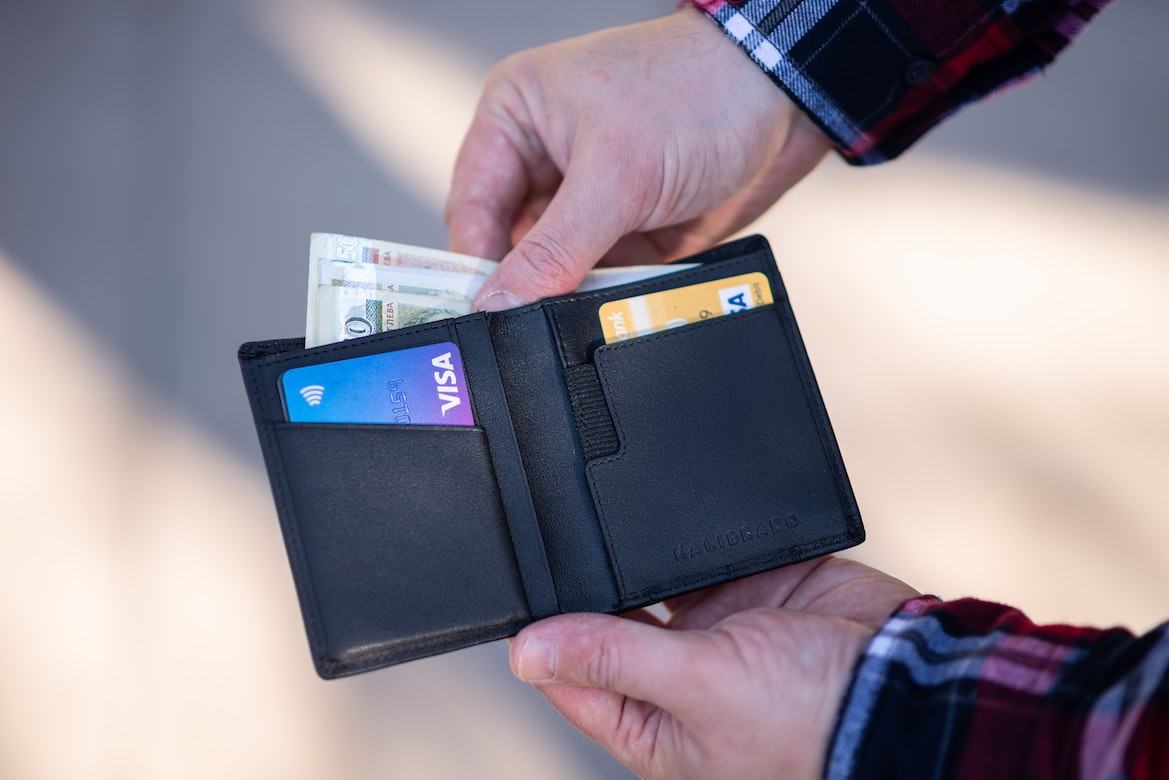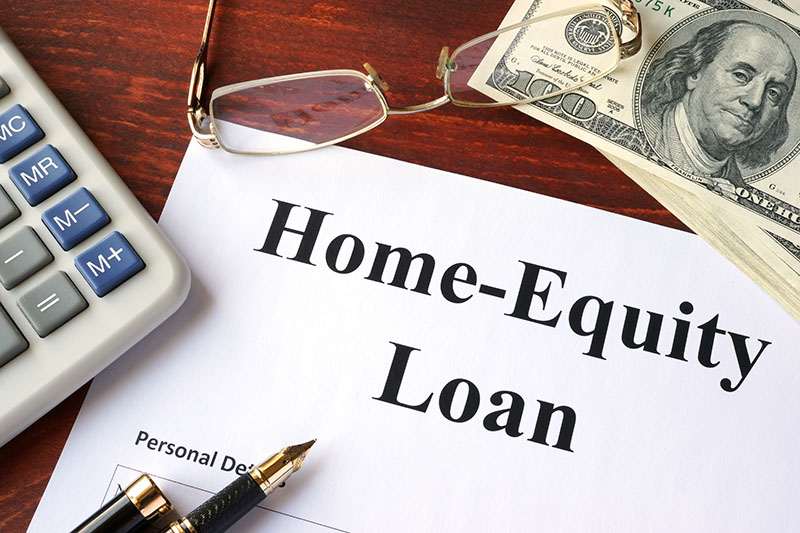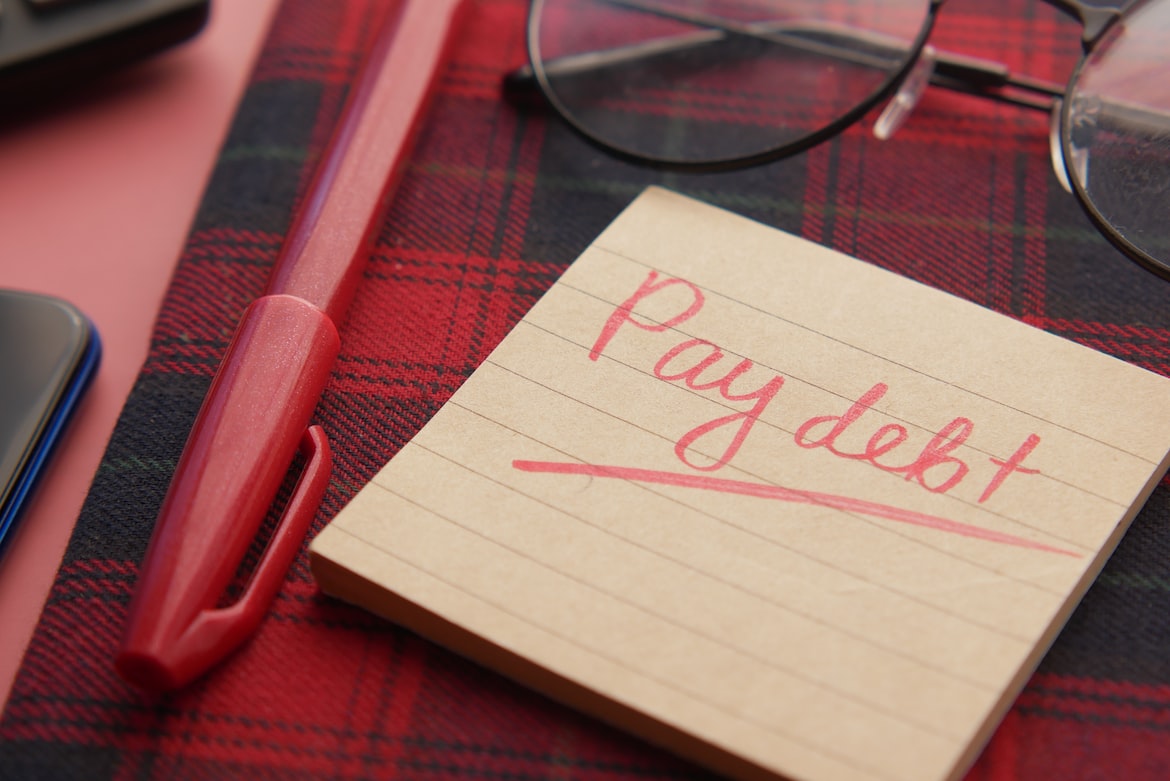Demystifying the Loan Verification Process in Personal Loans
Key Takeaways
- Loan verification confirms your creditworthiness and financial stability before lenders approve personal loans
- Lenders verify income, employment, address, identity, credit history, and sometimes assets
- Accurate, up-to-date information can speed up the verification process; mistakes or delays may slow it down
- The verification outcome affects loan approval, interest rates, and loan amounts
- Lenders follow privacy regulations to protect borrowers' personal and financial information

If you’re shopping for personal loans, you need to know about the loan verification process. It occurs after you submit your loan application to a lender. As the lender assesses your creditworthiness, they also review the legitimacy of your documentation, credit report, and other information that you provide.
Loan verification ensures transparency and responsible borrowing for personal loans. In this guide, we will go over each step of the loan verification process and how to meet the requirements.
Loan verification process - definition and purpose
The loan verification process exists so that lenders can assess the creditworthiness and financial stability of applicants before approving their loan applications. Verification involves various stages and purposes, such as:
- Reviewing credit reports
- Checking credit score
- Verifying the legitimacy and accuracy of your information
- Gauging your likelihood of repaying the loan
- Complying with regulations
- Seeing whether the loan is suitable for the borrower and vice versa
The loan verification process plays a critical role in the lending industry as it protects both borrowers and lenders.
Borrower protection
While personal loans offer flexible end use and can help borrowers finance large purchases. However, loans can pose a debt burden that may take some borrowers by surprise.
This is where the loan verification process benefits borrowers. By assessing the borrower’s ability to repay the loan and handling the debt, the loan applicant can stay informed of their borrowing capacity. If the lender determines that the borrower cannot repay the desired loan amount and rejects the application, the borrower will be alerted that they may need to work on their financial stability.
Lender protection
The loan verification process mitigates risk for the lender by helping them make informed lending decisions. If an applicant seems unlikely to honor the repayment terms based on the application review, the lender can avoid the high risk borrower.

Types of loan verification in personal loans
The loan verification process usually takes a few business days. Here are the main types of loan verifications that lenders often conduct.
Income verification
Lenders need to check your income to see whether it means their eligibility requirements. Someone with a stable high income is more likely to be able to repay a personal loan.
The source of income also influences your income stability. For example, someone who is self-employed or does contract work will be viewed as less financially stable than someone who is employed full-time.
Employment verification
Another main verification that lenders often perform is the verification of the applicant’s employment. Lenders want to know your current employment status, including your job title, length of employment, and who your employer is. This also plays a role in validating your income stability.
In general, the longer you have worked at a single place of employment, the more likely you are to have a steady source of income.
Address verification
Checking your address serves as a method of fraud prevention. Lenders will confirm your address by requesting various documents, such as your passport, driver’s license, or Social Security card.
Loan purpose verification
Lenders will ask you about your loan purpose to see if the intended use of your loan funds aligns with their policies and guidelines. It is important to tell the truth about your loan purpose because of the negative legal consequences if the lender finds out that you lied on your loan application.
Other types of loan verification types also exist. Your lender may send you a message through the online application portal to request further clarification or documentation.

Loan verification of income - process and documentation
Income verification is an important part of the personal loan application process. When you apply, you will need to submit proof of income for the lender to assess.
Depending on your income source, you may need to hand in different types of documentation. Here are the common documents that you might need to provide the lender for loan verification of income.
- W-2s: Your employer should provide you with your W-2 at the end of each tax year.
- 1099s: If you are self employed or a freelancer, you will receive 1099-MISC or 1099-NEC forms.
- Bank statements: Providing several months’ worth of bank statements can help you verify your income.
- Pension or retirement income statements: If you receive requirement or pension income, your lender might require you to show proof of the payouts.
- Letter of employment: If your employer can write you a signed letter that includes your status, job information, and income details, this can also serve as income verification.
- Other income documentation: Depending on your source of income, you might need to supply the lender with other types of documentation and proof.
As an additional part of income verification, lenders will take into account your debt-to-income (DTI) ratio. This is calculated by seeing how much of your income goes toward repaying existing debt. If you have a DTI over 43%, you can expect your loan application to be rejected.
To increase your chances of receiving a loan, it is advisable to maintain a low DTI ratio by paying off any debt that you can comfortably afford to reduce prior to applying for a personal loan. An added benefit to this is that you can also increase your credit score, further boosting the likelihood of your loan application being approved.

Loan verification of employment - process and validation
There are various forms of proof of employment. They serve to validate your employment details as well as your job stability.
Options that satisfy lenders’ assessment needs typically include:
- Employment letters
- Pay stubs
- Business financial statements for the self-employed
Your lender may call your employer to verify employment. In general, if you have maintained the same career and/or place of employment for at least two years, lenders will perceive you as having a more stable source of income.
A steady income often goes hand in hand with good financial stability, so it will raise your chances of being approved for a personal loan.
On the other hand, if you cannot provide adequate employment verification to your lender, it can lower your chances of obtaining the loan. This is because lenders will perceive you as having decreased financial stability, which can lower your capacity to repay debt.

Additional verification requirements
Other than the income and employment verification stages, lenders will also have additional requirements. Here are a few of the most common verification steps that contribute to a comprehensive loan assessment.
1. Proof of identity
You will usually need to provide at least two types of valid identification. The forms of ID must be up-to-date and genuine. Examples that are generally accepted include:
- Passport
- Driver’s license
- Social Security card
- Certificate of citizenship
- Birth certificate
- Military ID
Many lenders do not lend money to non-citizens. If you’re a non-citizen who is in need of a personal loan, you will need to find a suitable lender. You may also be required to provide alternative forms of identification, such as a visa.
2. Credit history check
Before lenders approve loan applications, they will pull your credit report. This is a hard inquiry that drops your credit score by around five points. Checking your credit history allows lenders to better judge your creditworthiness. If there are any red flags on your credit history, you may need to explain them to your prospective lender.
3. Asset verification
For borrowers seeking large loan amounts, lenders may request you to provide asset verification information. This helps them confirm that you have sufficient assets that provide assurance of your repayment capacity. Asset examples include:
- Savings accounts
- Investments
- Vehicles
- Property
If you are seeking a secured personal loan, you will need to put up assets as collateral to back the loan. You might need to provide various documentation to ascertain the value and legitimacy of your collateral assets.
Verification timelines and delays
Getting your loan approved typically takes less than five business days. However, you might encounter delays during the verification process, making it take an entire month.
Here are a few of the most common factors that can cause delays in the verification process, as well as how you can expedite the verification process.
Inaccurate information
If you provide documents that are difficult to parse or have inaccurate information, it can slow down the verification timeline by anything from a few hours to several days.
Incorrect address
It is essential that you provide up-to-date information. Double check your address to make sure that it is the correct one. If you end up changing your address, update your lender with your new address as soon as possible to reflect the move.
If you recently moved, you may also want to update your address with the Postal Service. This can be done online at USPS.com/move. You can also visit your local post office and ask for the Mover’s Guide.
How can I expedite the loan verification process?
- Provide up-to-date information
- Double check all your information before sending in the application
- Apply during business hours
- Avoid peak times (lenders often receive heavy volumes of applications during holidays and at the end of the month)
- Choose reputable lenders known for their fast processing times
- Apply online with electronic documentation
- Answer any questions the lender may ask you promptly
- Monitor your online portal for incoming messages

Loan verification and borrower privacy
If you’re worried about your privacy when you submit your sensitive personal and financial information, it is good to know about the privacy regulations that help safeguard borrower privacy.
Lenders cannot expose any borrowers’ sensitive and confidential information to unauthorized parties. To comply with regulations, lenders use various technologies and strategies such as:
- Secure data storage with restricted access
- Strong cybersecurity measures to prevent data breaches
- Data encryption technology for added protection
- Regular audits to renew and ensure compliance
- Privacy policies that are viewable before you apply for the personal loan
You can also secure your data by implementing cybersecurity best practices. Here are some tips that can help you enhance your privacy and strengthen the security of your information.
- Use secure platforms (avoid applying for loans with public WiFi)
- Find trustworthy lenders with a good track record of data security
- Patch your devices and applications so they are up-to-date
- Minimize sharing of sensitive personal details
Finally, it is advisable to stay informed of the latest cybersecurity and financial security trends. That way you can learn about the red flags for fraudulent activity and scams.
Impact of loan verification on borrowing decisions
The loan verification process affects not just whether your loan is approved, but also the terms of your loan. Here are the main effects of loan verification on borrowing decisions.
Approval or rejection
After looking at your income, employment, credit, and other relevant financial information, the lender will conclude whether you are suitable to receive a loan.
Interest rates
Lenders tend to offer lower interest rates to those who are more creditworthy and financially stable.
Loan amount
Different applicants may receive different maximum and minimum approved loan amounts. Someone who has a higher and steadier income is more likely to qualify for greater loan amounts.

Not sure where to start looking for a personal loan? Compare our top lenders below.
Edited by:
Bryan Huynh
•
Product Tester & Writer

